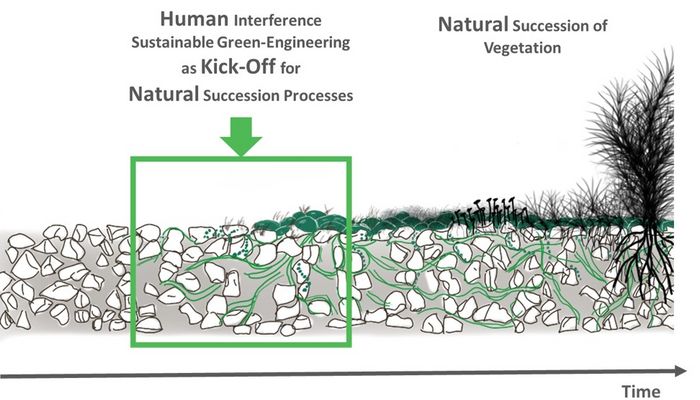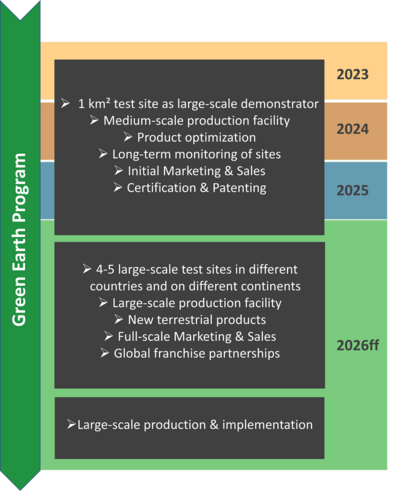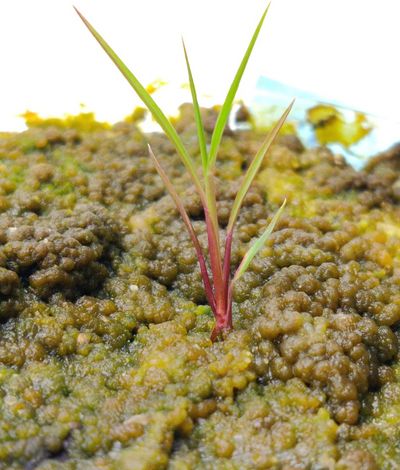Bringing life back to our soils
33% of the Earth's soils are already degraded and over 90% could become degraded by 2050 (FAO and ITPS, 2015; IPBES, 2018)
Today, deserted areas occupy about 6 million km2 of land surface globally and increase at a speed of 80,000 km2 yearly
The fight against desertification using biological soil crusts, creates massive and long-term CO2 sinks and forms the basis for higher plants in a sustainable way without negative impacts on the environment
Our solution is supporting the UN Sustainable Development Goals
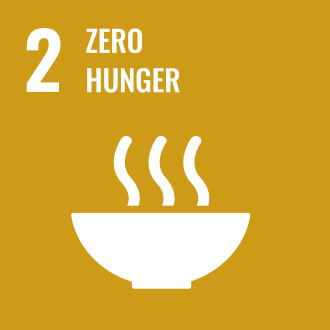
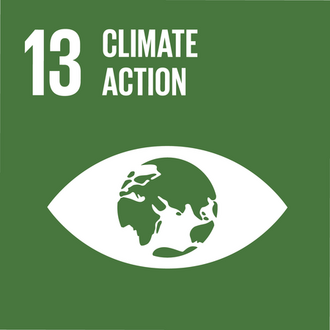

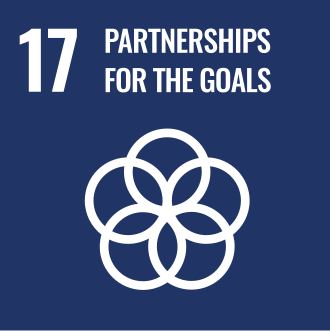
CONTACT
Program Management
Blue Horizon Sàrl
9, Rue Pierre Werner
L-6832 Betzdorf
Luxembourg
Project Manager - Ines Wagner
Email: ines.wagner@bluehorizon.lu



